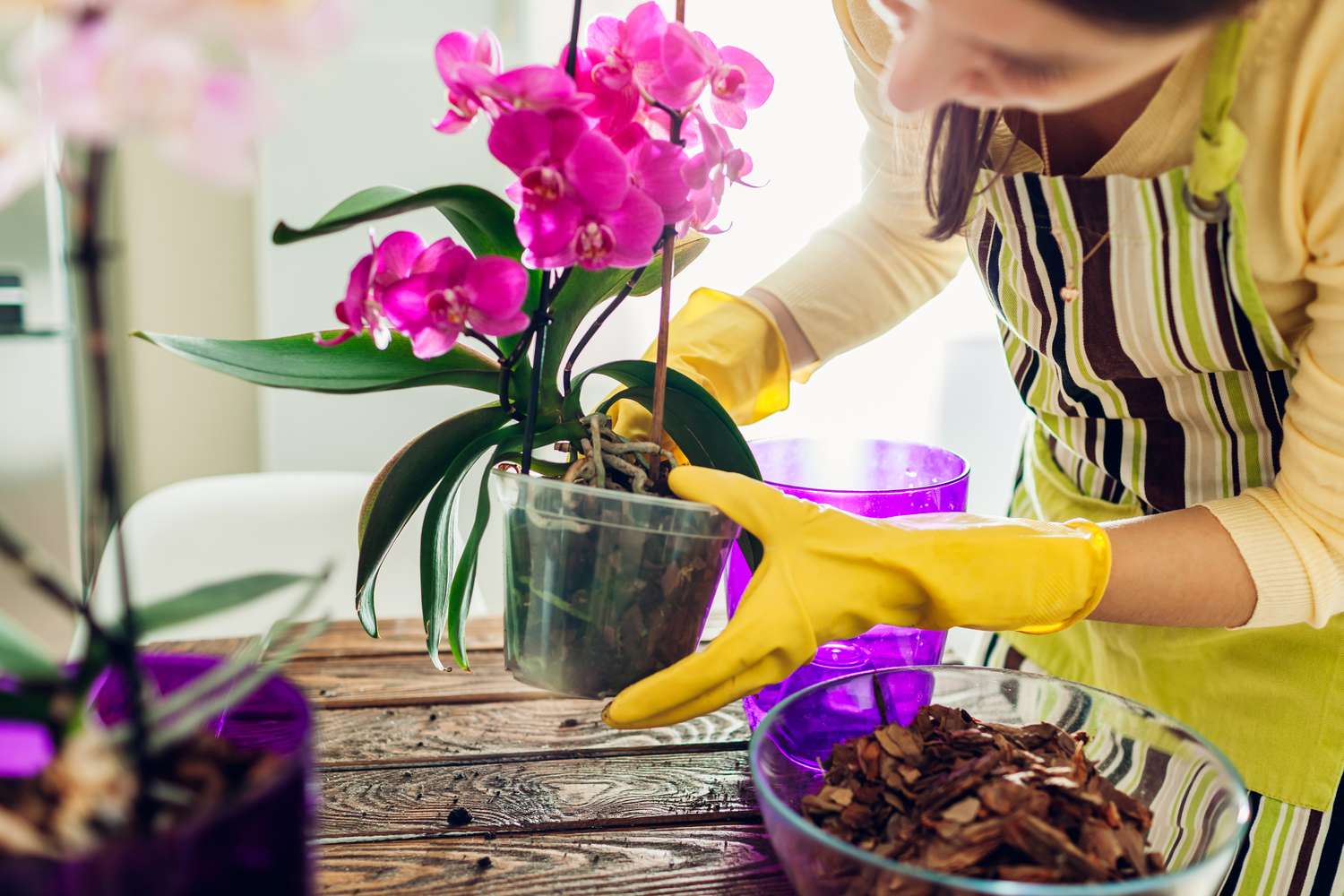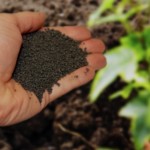Orchids are stunning and elegant flowering plants that have captured the hearts of many gardening enthusiasts. With their vibrant colors and unique shapes, orchids can add a touch of luxury and sophistication to any indoor or outdoor space. However, as visually appealing as they are, orchids require specific care, especially when it comes to watering. In this guide, we will delve into the art of watering orchids to ensure their health, longevity, and stunning blooms.
Understanding the Orchid’s Natural Habitat
Before we delve into the specifics of watering orchids, it’s crucial to understand their natural habitat. Most orchids are epiphytes, meaning they grow on trees or rocks rather than in soil. This unique characteristic influences their water requirements. In their native habitats, orchids receive water through rainfall and humidity, which is crucial for their survival.
The Importance of Proper Orchid Watering
Watering orchids is a delicate balance that can significantly impact their overall well-being. Overwatering can lead to root rot and other fungal diseases, while underwatering can cause dehydration and hinder growth. Achieving the right balance is essential to ensure your orchids thrive.
Signs Your Orchid Needs Water
Orchids have specific ways of communicating their water needs. Keep an eye out for these signs to determine when it’s time to water your orchid:
1. Pseudobulbs
Check the pseudobulbs, which are the bulb-like structures on the plant. Wrinkled or shriveled pseudobulbs indicate dehydration, while overly plump ones may be a sign of overwatering.
2. Potting Mix
Gently insert your finger into the potting mix-up to your first knuckle. If it feels dry, it’s time to water. If it’s still moist, hold off on watering.
3. Weight
Get familiar with the weight of your orchid pot when it’s freshly watered. As the potting mix dries out, the pot will become lighter, signaling the need for water.
The Best Watering Techniques for Orchids
1. Choose the Right Water
Use room temperature, and filtered water if possible. Tap water may contain minerals that can accumulate in the potting mix over time.
2. Soaking vs. Drenching
There are two primary methods for watering orchids: soaking and drenching. For soaking, immerse the pot in water for a few minutes, then let it drain thoroughly. Drenching involves thoroughly wetting the potting mix until water drains from the bottom.
3. Morning Watering
Watering your orchids in the morning allows excess moisture to evaporate throughout the day, reducing the risk of fungal growth.
4. Drainage is Key
Ensure your orchid pots have proper drainage holes to prevent water from accumulating at the bottom, which can lead to root rot.
Orchid Watering Frequency
The frequency of watering your orchids depends on various factors, including the type of orchid, its potting mix, humidity levels, and environmental conditions. In general:
- Phalaenopsis orchids: Water every 1-2 weeks.
- Cattleya orchids: Allow the potting mix to dry slightly between waterings.
- Oncidium orchids: Water when the potting mix feels mostly dry.
FAQs About Watering Orchids
Q1: Can I use ice cubes to water my orchids?
A: It’s best to avoid using ice cubes to water orchids, as they can shock the plant and damage its sensitive roots.
Q2: How do I prevent overwatering my orchids?
A: Overwatering can be prevented by ensuring proper drainage, using an appropriate potting mix, and allowing the potting mix to dry slightly between waterings.
Q3: Should I mist my orchids?
A: Misting can be beneficial, especially in dry environments, as it increases humidity. However, avoid misting too frequently to prevent fungal issues.
Q4: Can I use a humidity tray for my orchids?
A: Yes, placing your orchids on a humidity tray filled with water and pebbles can help maintain higher humidity levels around the plants.
In Conclusion
Mastering the art of watering orchids is essential for their health and vibrancy. By understanding their natural habitat, recognizing signs of water stress, and adopting proper watering techniques, you’ll be well on your way to nurturing thriving and beautiful orchids. Remember, each type of orchid may have specific requirements, so it’s essential to research and tailor your care routine accordingly. With a little patience and care, your orchids will reward you with breathtaking blooms that will leave you in awe.






